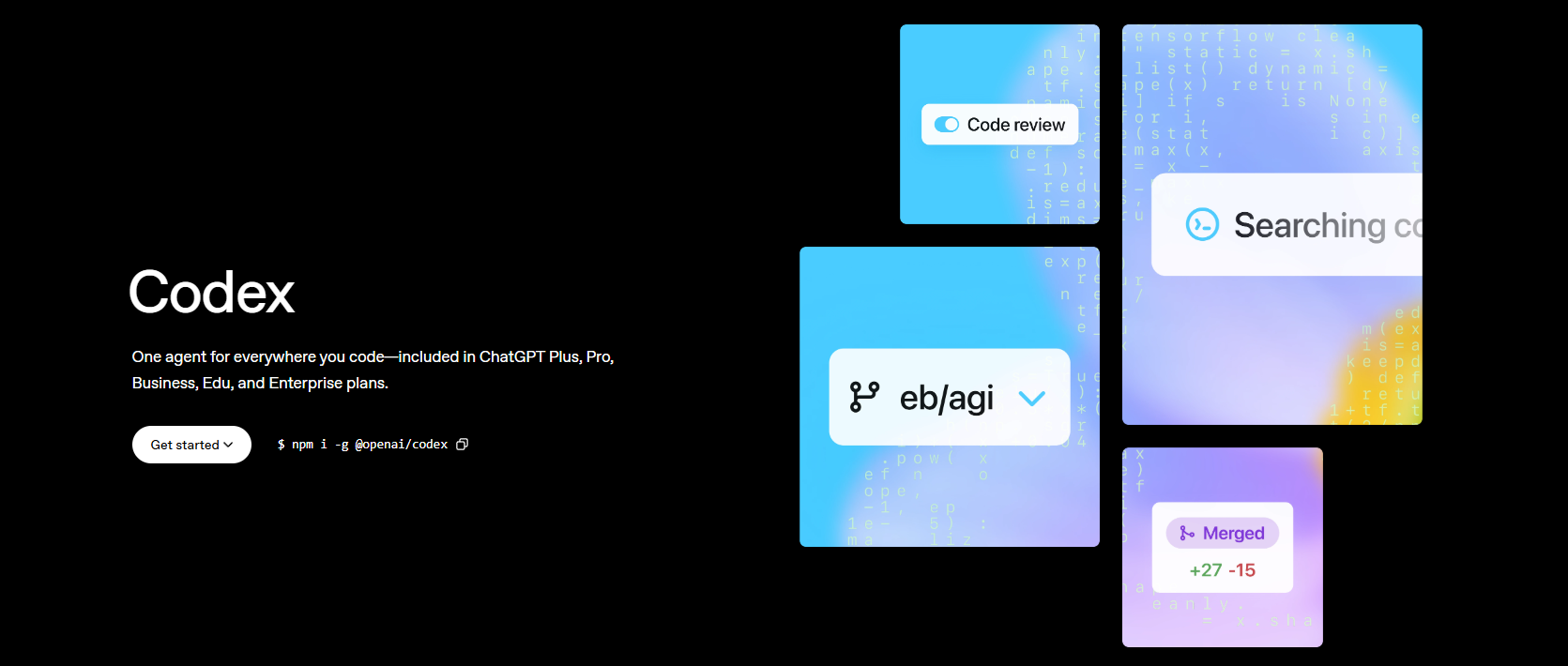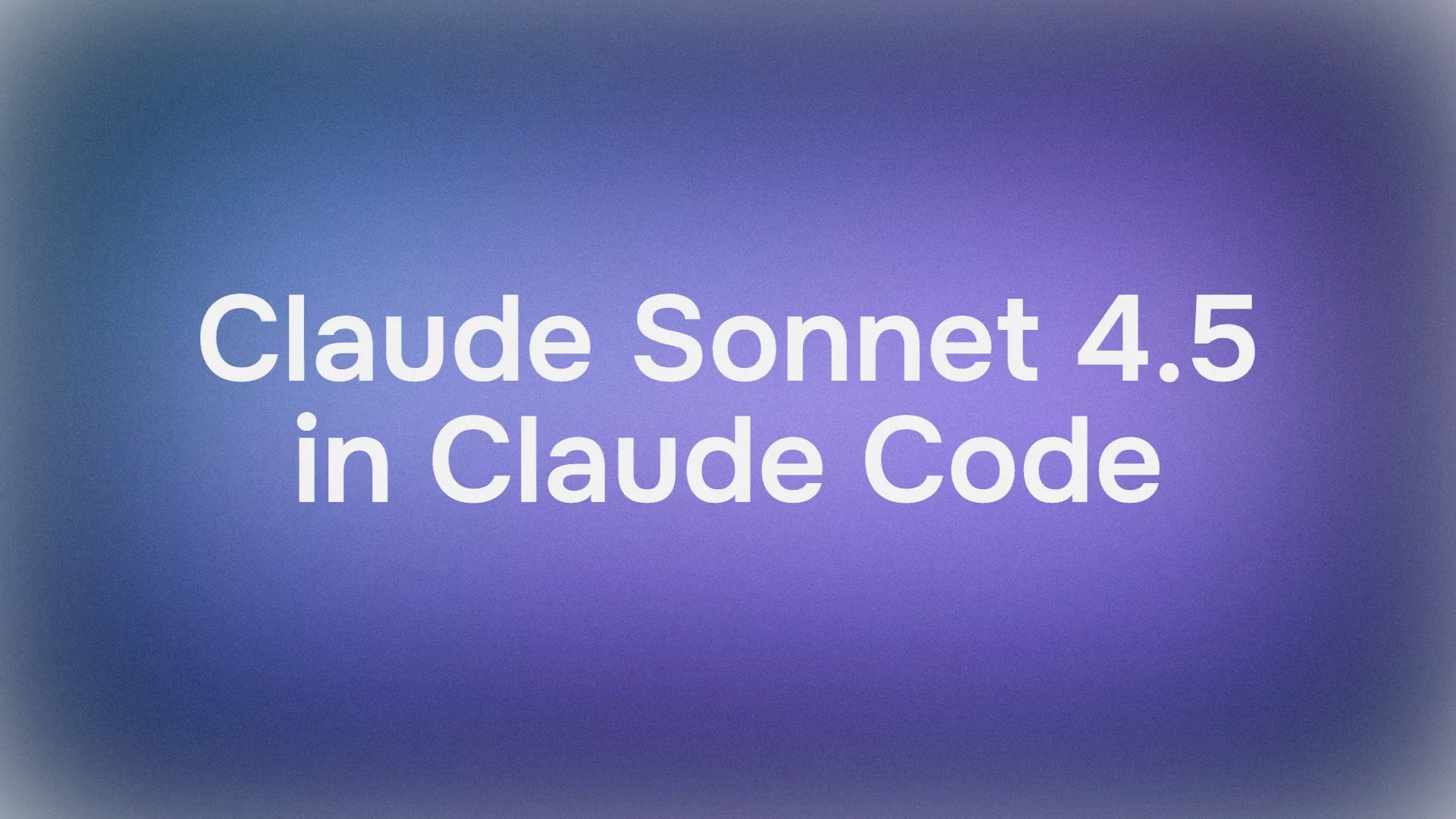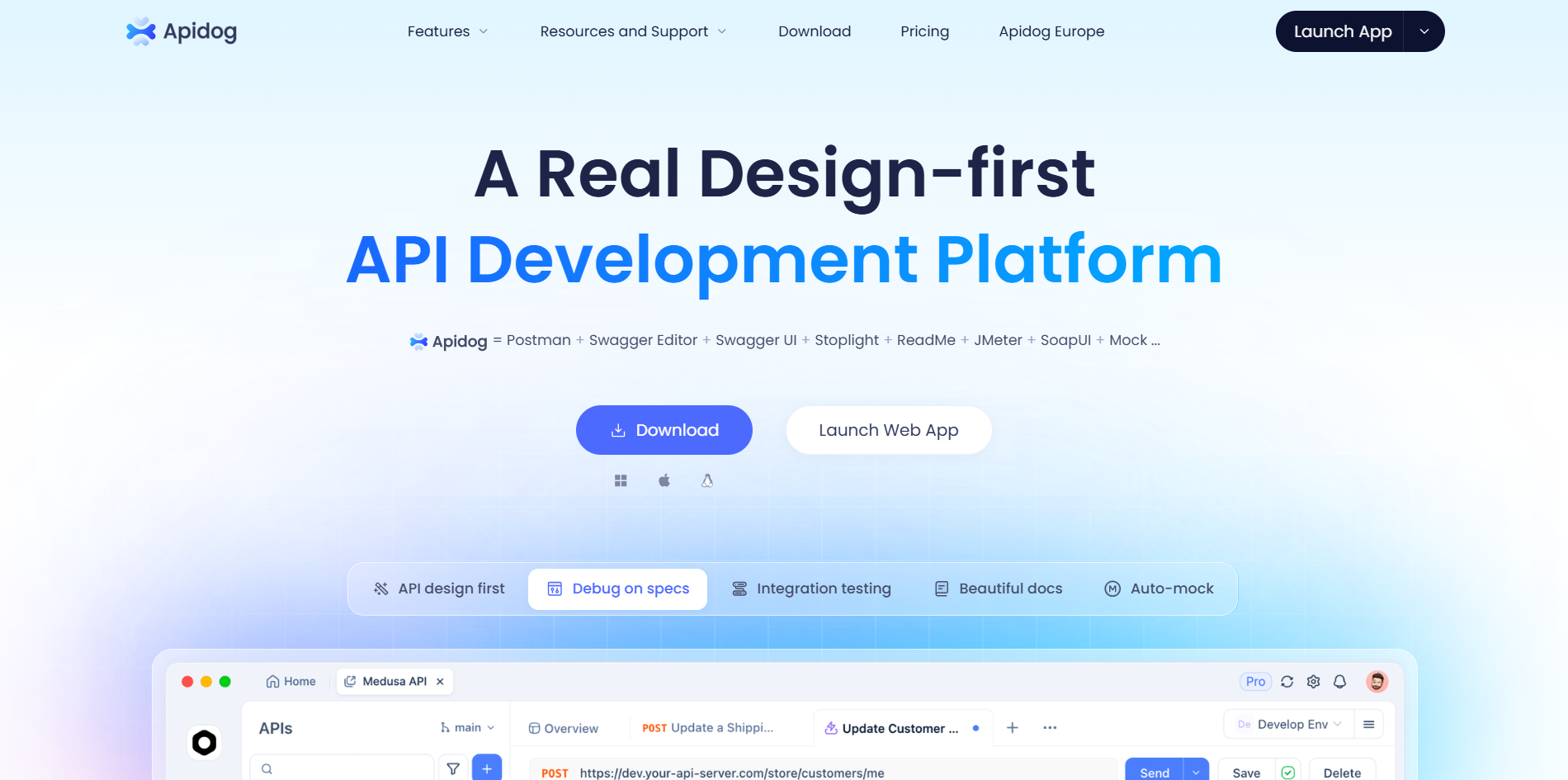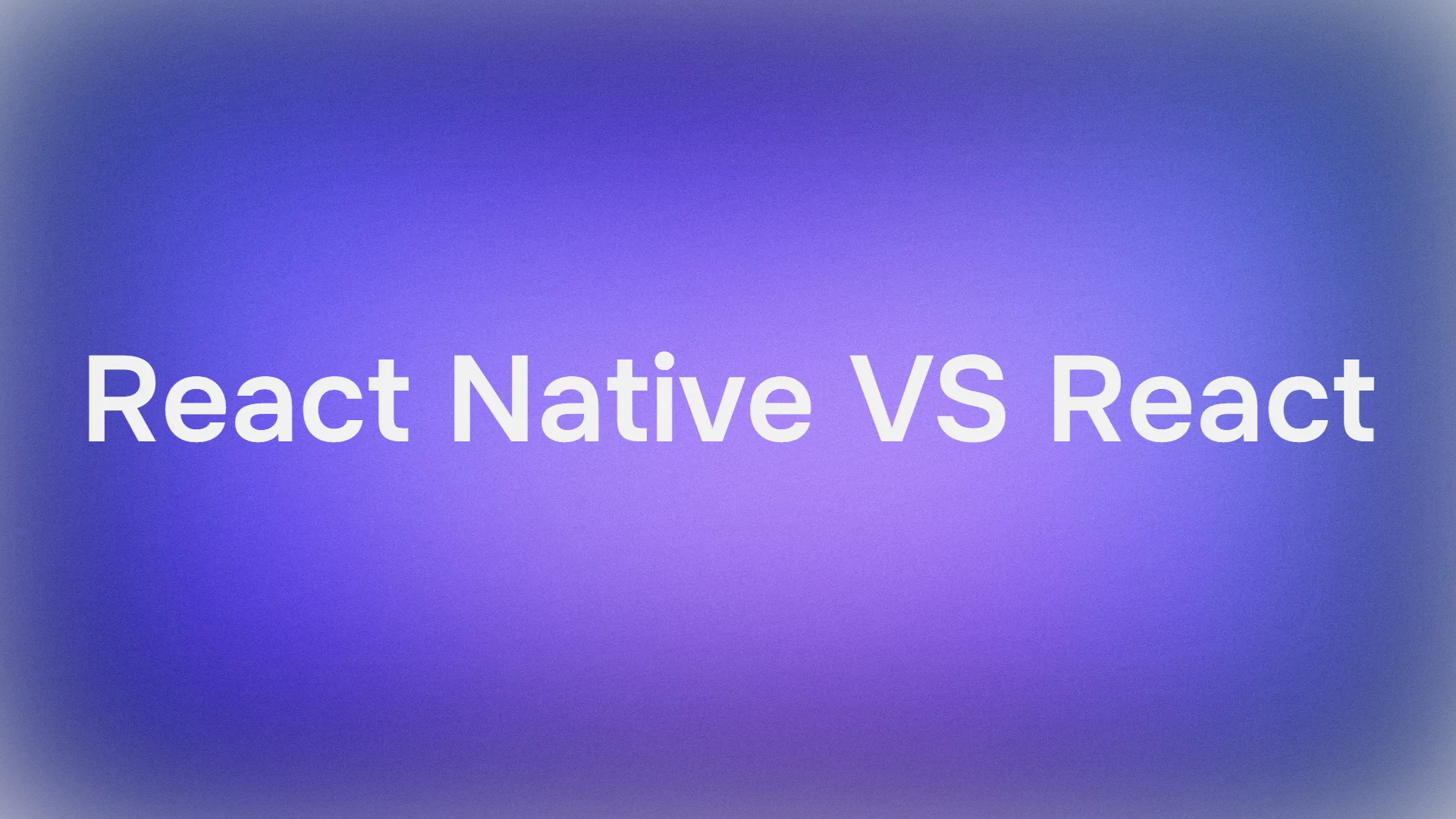Picture this: You're deep in the zone, hammering out a killer app with Codex's magic touch—turning your half-baked ideas into polished Python scripts or JavaScript wizards. Then, bam! That dreaded message pops up: "You've Hit Your Usage Limit." Oof. It's like your coffee machine running dry mid-morning grind. Frustrating, right? But here's the good news: This isn't the end of your AI-assisted dev dream. In this deep-dive, we'll unpack what that codex usage limit really means, why it happens, and—most importantly—what you can do about it. We'll explore smart ways to keep using Codex without breaking the bank, killer alternatives to tide you over, and pro tips to stretch your quota like it's elastic. By the end, you'll be back to coding with confidence, no sweat. Let's troubleshoot this together, because who needs tech support when you've got a roadmap?
Want an integrated, All-in-One platform for your Developer Team to work together with maximum productivity?
Apidog delivers all your demands, and replaces Postman at a much more affordable price!
Understanding the Codex Usage Limit: Why It Bites (And When It Resets)
First off, let's demystify this beast. Hitting your codex usage limit means you've maxed out your allocated quota for API calls, tokens processed, or compute time under your current OpenAI plan. Think of it as a speed bump designed to keep the servers humming for everyone—fair play, but annoying when you're on a roll. As of late 2025, Codex (now powered by the slick codex-1 model and integrated into ChatGPT) has evolved from its 2021 roots into a full-blown autonomous coding agent. It can juggle parallel tasks, edit codebases in secure sandboxes, and even propose PRs. Cool, right? But that power comes with guardrails.
For ChatGPT Plus users (that's $20/month folks), you're looking at roughly 30-150 messages every 5 hours for local tasks, with a weekly cap around 3,000 "thinking" requests. Pro plans bump that up for full workdays, while Enterprise gets shared credit pools. Cloud tasks? Generous during previews, but they reset daily or monthly—check your dashboard for the deets. If you're on the CLI (npm install -g @openai/codex), some Plus peeps report hitting walls after just 1-2 requests, especially on beefy projects. It's not personal; it's just OpenAI balancing load.
The silver lining? Limits reset predictably—hourly for bursts, weekly for thinkers, monthly for tokens. If your deadline isn't breathing down your neck, grab a snack and wait it out. But if you're like me and hate twiddling thumbs, let's move to action mode.

What to Do Right Now: Immediate Fixes for Codex Usage Limit Blues
Okay, panic over—time for Plan B (or A+). When "Codex You've Hit Your Usage Limit" flashes, your first move is reconnaissance. Fire up your OpenAI dashboard or peek at API response headers for a quota breakdown: remaining tokens, requests per minute, all that jazz. It's like checking your phone's battery before a long trip.
Step 1: Wait It Out (The Low-Effort Hack)
If your project's not on fire, hit pause. Most codex usage limit resets kick in daily for rate limits or weekly for heavier quotas. Use the downtime to refactor manually, grab coffee, or tackle non-AI tasks. Pro tip: Set calendar reminders for reset times—turn frustration into a mini-break.
Step 2: Upgrade Your Plan Like a Boss
Feeling the pinch? Level up. Head to your subscription portal and bump to Pro ($200/month) for workday-spanning access or Enterprise for team-scale quotas with on-demand credits. It's seamless—contact support via the help center, and they might even grandfather in some bonus usage. For heavy hitters, enterprise plans offer custom tweaks, like priority access during peaks. I've seen devs shave hours off projects this way; worth the splurge if Codex is your daily driver.
Step 3: Buy Extra Quota on the Fly
No upgrade vibe? Some plans let you snag additional tokens or requests à la carte. It's like topping up your Uber credits—quick and painless. Check the billing section; rates hover around $1.25 per million tokens for overages. This bridges gaps without long-term commitment, perfect for crunch time.
These steps keep you in the Codex ecosystem, minimizing disruption. But what if you want options beyond OpenAI's walls? Let's scout alternatives.
Alternatives to Codex: Bridge the Gap Without Missing a Beat
Hitting that codex usage limit doesn't mean ditching AI coding forever—it means diversifying your toolkit. In 2025, the field's exploded with rivals that match or beat Codex's natural-language-to-code wizardry. Whether you're prototyping a web app or debugging a beastly backend, these swaps keep the momentum.
Switch to Compatible Cousins: GPT-5 or Claude Sonnet 4.5
Stay in the family with OpenAI's GPT-5 Codex variant if your plan allows—it often has separate quotas. Or hop to Anthropic's Claude Sonnet 4.5 via Claude Code. It's a beast for agentic tasks, acing benchmarks like OSWorld at 61.4% and offering subagents for multi-file edits. Setup's a breeze (npm install -g @anthropic-ai/claude-code), and pricing's competitive at $3/million input tokens. Claude shines in maintainability and docs, where Codex sometimes skimps. I've swapped mid-project; the context carryover is seamless.


Go Open-Source: Unlimited Local Power with LLaMA or StarCoder
Craving no-limits freedom? Fire up open-source models like Meta's LLaMA-based coders or BigCode's StarCoder. These run locally (via Hugging Face) or in the cloud, dodging codex usage limit entirely. StarCoder matches Codex on Python benchmarks and powers tools like Void editor—free, private, and tweakable. Drawback? Less polished than Codex for edge cases, but for unlimited prototyping? Gold. Tools like Cursor or Windsurf integrate them effortlessly.
Team Up: Distribute Across Accounts or Tools
Solo? Rope in a buddy's API key for shared load. Teams: Spread tasks via GitHub Copilot (Codex-powered but with its own limits) or Qodo Gen for quality-focused gen. Google Jules or Kite offer lightweight completions without the token drama. Mix and match: Use Codex for complex agents, Claude for refactors—your workflow, your rules.
These alternatives aren't just backups; they're upgrades in disguise, often cheaper or more specialized.
Pro Tips: Use Codex Efficiently to Dodge Usage Limits Like a Ninja
Prevention beats cure, right? Mastering efficient Codex use means fewer "You've Hit Your Usage Limit" surprises. Here's how to optimize, drawn from dev forums and my own trial-and-error scars.
Craft Laser-Sharp Prompts
Token hogs kill quotas—keep prompts concise. Instead of "Write a full e-commerce backend with user auth, payments, and admin dashboard in Node.js, explain every step," say: "Generate Express routes for user auth using JWT. Assume MongoDB schema." Cuts tokens by 50-70%. Be precise: Specify language, libs, and constraints upfront. Over time, you'll intuitively minimize fluff.
Cache, Batch, and Limit Outputs
Reuse is key—cache common outputs locally (e.g., via a snippets lib) to skip repeat calls. Batch requests: Combine "Fix this bug AND add tests" into one prompt. Set max_tokens in API calls to cap responses—why generate a novel when a haiku suffices? For long contexts, pre-process data: Strip irrelevant code before feeding to Codex.
Monitor Like a Hawk
Dashboards are your BFF—enable alerts for 80% quota hits. Tools like OpenAI's analytics track trends; spot patterns (e.g., multi-file tasks guzzling 10x tokens) and adjust. Post-process locally: Let Codex spit raw code, then refine in your IDE to avoid follow-up queries.
Leverage Context and Hooks
Codex's 200K+ token window? Use it wisely—build conversational chains without rehashing backstory. Hooks in CLI/IDE auto-run tests post-gen, catching issues early and saving iterations.
Bonus: For heavy users, self-host hybrids (e.g., Northflank for Claude/Codex infra) blend efficiency with scale.
Conclusion: Reclaim Your Coding Flow
There you have it—your no-BS playbook for when "Codex You've Hit Your Usage Limit" tries to rain on your parade. From quick resets and upgrades to alternatives like Claude Sonnet 4.5 or StarCoder, and efficiency hacks that stretch every token, you're equipped to keep innovating. Remember, codex usage limit is just a nudge to work smarter, not harder. Scale up with enterprise if needed, or diversify for resilience. Whatever path you pick, AI coding's too rad to stall over quotas.
Ready to test-drive API integrations without the hassle? Download Apidog to get started with seamless API documentation and debugging—it's the perfect sidekick for your post-limit adventures.




